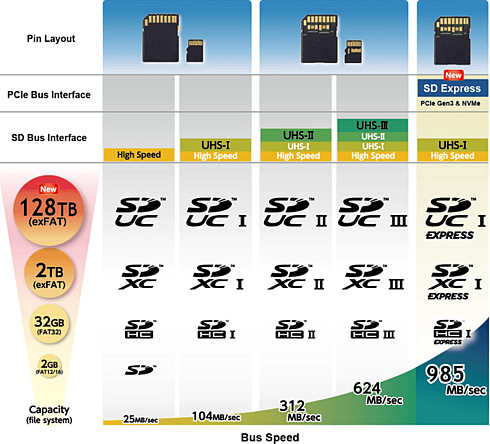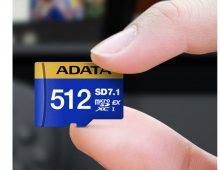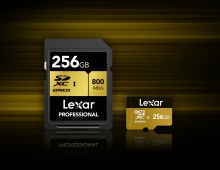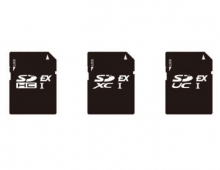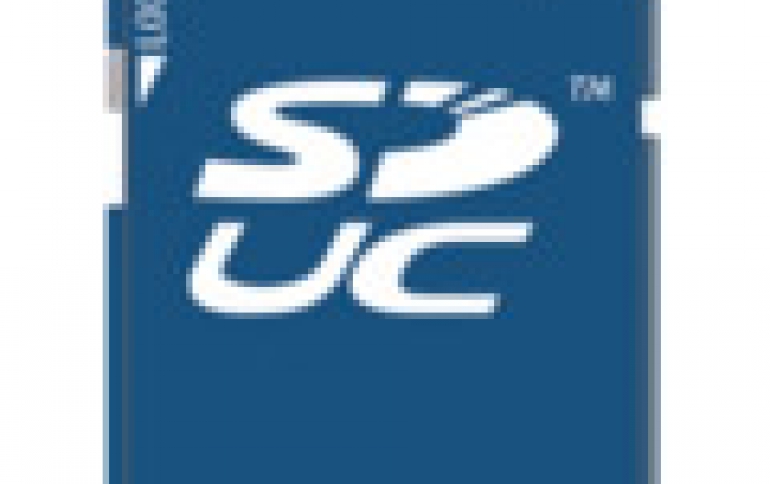
SD Express Integrates PCIe and NVMe for up to 985 MBps Transfer Rate
The SD Association announced today the SD7.0 specifications, which introduce the SD Express featuring a PCIe interface and the new 128TB SD Ultra Capacity (SDUC) cards.
The PCIe interface delivers a 985 megabytes per second (MB/s) maximum data transfer rate and the NVMe upper layer protocol enables advanced memory access mechanism, enabling new opportunities for the popular SD memory card. This is a 1.5 faster than the current fastest standard (UHS-III 624MB/s).
In addition, the maximum storage capacity in SD memory cards grows from 2TB with SDXC to 128 TB with the new SD Ultra Capacity (SDUC) card.
"With SD Express we're offering an entirely new level of memory card with faster protocols turning cards into a removable SSD," said Hiroyuki Sakamoto, SDA president.
In addition to performance advancements, SD Express maintain the advantage of SD's backward compatibility and interoperability. The PCIe interface was added in addition to the existing SD (UHS-I) interface, allowing a card with SD Express to operate interchangeably in new SD Express capable hosts as well as billions of existing SD host products in the market today.
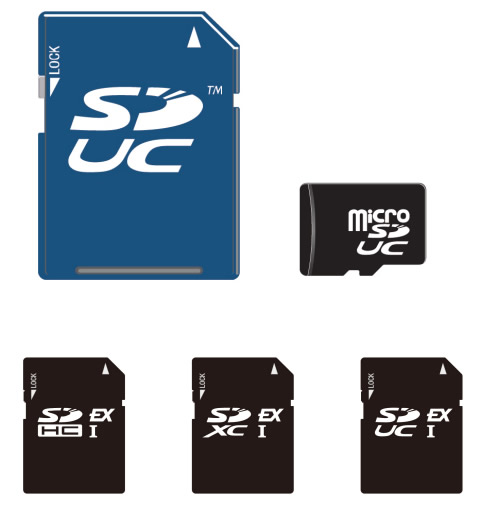
SD Express will be initially offered on SDUC, SDXC and SDHC memory cards. The protocol uses the well-known PCIe 3.0 specification and NVMe v1.3 protocols defined by PCI-SIG and NVM Express, respectively, on the second row of pins used by UHS-II cards today. These cards also provide system developers new options offered by PCIe and NVMe capabilities, such as Bus Mastering, Multi Queue (without locking mechanism) and Host Memory Buffer.
The SDA released visual marks to denote SD Express and SDUC memory cards for easy matching with devices' recommendation.
